(1783 products available)











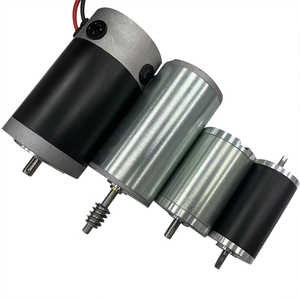











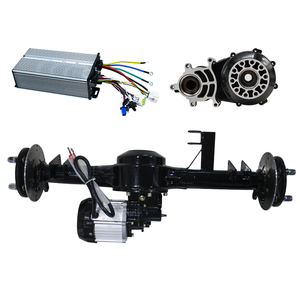
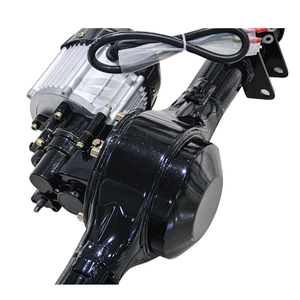
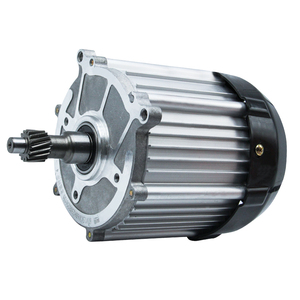

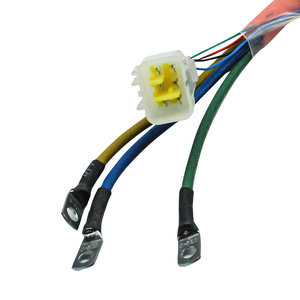







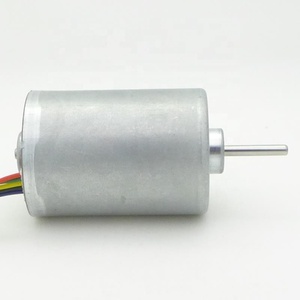











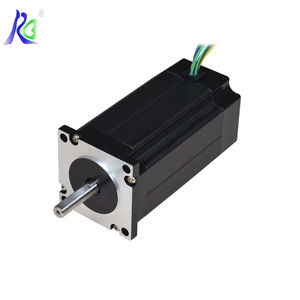














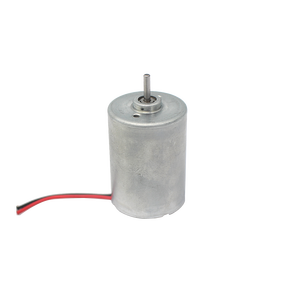
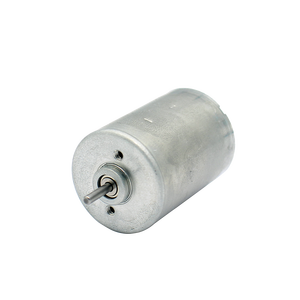







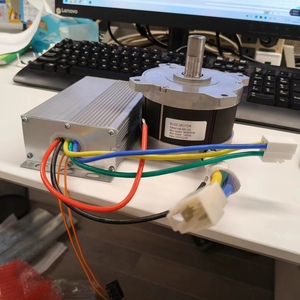


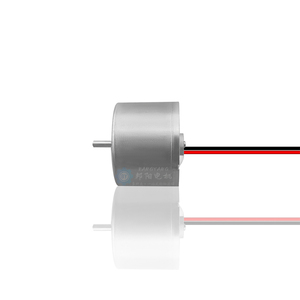

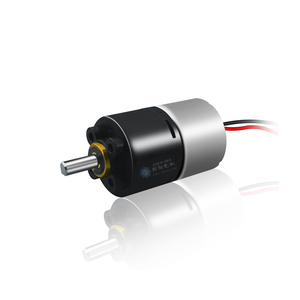







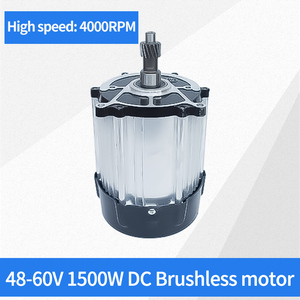




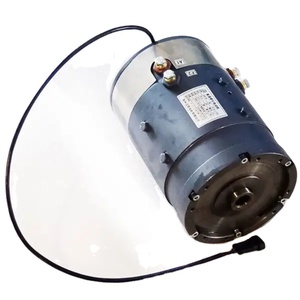


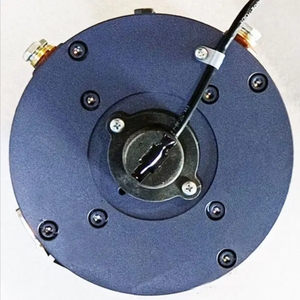

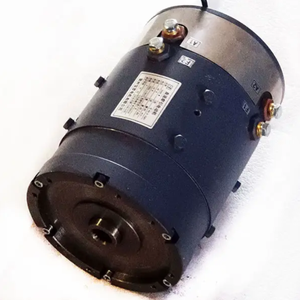










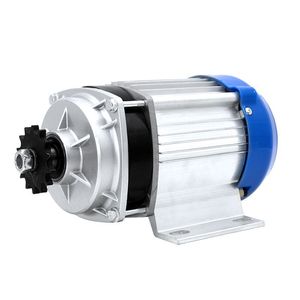
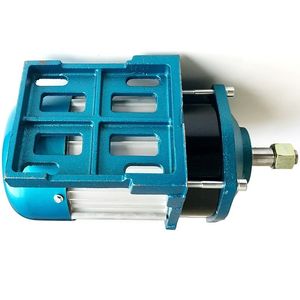

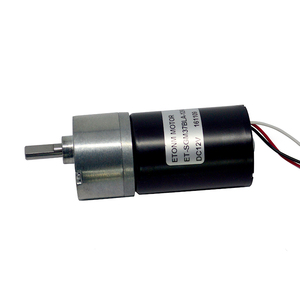










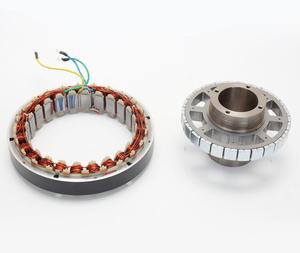







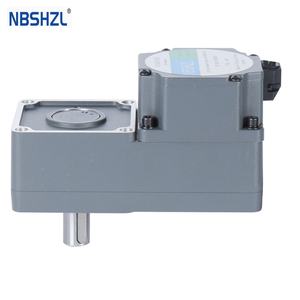



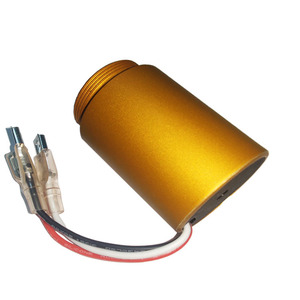


































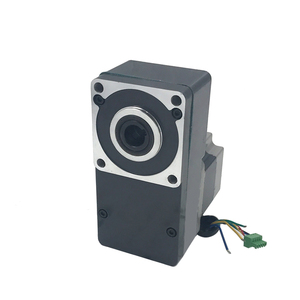


Brushed DC motors are well-known for their simple design and ease of control. They have carbon brushes that make contact with a rotating part, called the commutator, to switch the direction of the current and keep the motor spinning. This setup allows for smooth and steady speed modulation. These motors are mostly applied where precise speed control and high torque are important, like in drills, electric vehicles, and fans. Nevertheless, the need for regular maintenance to replace the worn-out brushes can be a downside, particularly in heavy use settings.
On the other hand, brushless DC motors don’t have brushes, which makes them more efficient and durable. Instead of brushes, they use an electronic controller to switch the magnetic fields, which improves their lifespan since there's less friction and heat generation. This type of motor consumes less energy, making it ideal for portable devices such as laptops, smartphones, and electric vehicles. Moreover, brushless motors provide more reliable operation and require less maintenance, making them a great option for long-term use.
Coreless DC motors are characterized by having an ironless rotor, which makes them lighter and able to achieve higher speeds quicker than standard DC motors. The absence of an iron core in the rotor reduces eddy currents, which improves efficiency, especially at low voltages. These motors are often used in applications where weight is a critical factor, like in aerospace devices, camera autofocus systems, and medical equipment. Their compact design and fast response make them valuable for high-tech applications requiring precision and portability.
DC motors are a major driving force in manufacturing robotics, especially in the automation process. Both brushed and brushless DC motors facilitate precision movements and control in robotic arms and machines that impact the assembly line. As part of the electric vehicles' (EVs) transition, these motors, especially brushless ones, are widely used due to their reliability and low maintenance concerns. For instance, robotic pickers that place parts in a vehicle assembly line use a brushed DC motor due to its high torque and strength. In contrast, robotic vacuum cleaners use a brushless DC motor because of its quiet operation.
Another great use of the brushed DC motor is in conveyors and hoists. DC motors drive conveyor belts that move products through manufacturing plants and warehouses and ensure they are powered with consistent and adjustable speed. In the case of hoists, which lift materials in different industrial and construction scenarios, DC motors provide the required torque to handle the heavyweight. Because of their durability and capability to work under stress, these motors are idealized for heavy-duty applications. For example, a conveyor transporting large boxes through a warehouse utilizes a strong brushed DC motor for torque and durability. Additionally, a hoist lifting construction materials would employ a high-torque brushed motor for strength and reliability.
DC motors are also important for controlling automatic valves and actuators in industries like oil and gas, water treatment, and chemicals. Here, they impact the flow of fluids and gases and provide the desired precision in opening and closing valves. Brushless motors are preferably used in this situation because of their accuracy and resistance to chemical deterioration. For instance, in a chemical processing plant, an automatic valve controlled by a brushless DC motor ensures exact fluid control without contamination risks. Another relevant example is in oil and gas pipelines, where DC motors power actuators that manage valve operations in remote areas.
In the medical field, where safety and reliability are vital, DC motors drive numerous diagnostic and treatment devices. From surgical tools that require precise operation to ventilators that need steady airflow, DC motors play an important role. Coreless DC motors are the best option here because they are lightweight, small, and highly efficient. These motors ensure portable diagnostic devices, such as an MRI machine, provide accurate and powerful images without much weight. Another example is infusion pumps in hospitals, where coreless DC motors move the fluid accurately.
DC motors possess different specifications depending on the application, resulting in a broad range of performance characteristics. The important physical specifications include torque, speed, voltage, and current. These parameters define the motor's power and efficiency for various tasks.
When it comes to the performance and lifespan of a DC motor, the materials used in its construction are of utmost importance. Durable materials like high-grade steel for the rotor and magnets for the stator ensure strong performance under a variety of working conditions. Quality windings made from pure copper increase electrical efficiency and reduce heating. The brush and commutator pair have to also be made from strong materials, as soft ones can wear out in no time. Referring to a motor made of quality components will reduce future maintenance needs and improve operation performance.
Testing a motor system guarantees that it is effectively and safely working. People should basically check the motor for any likely faults before the commencement of work. The load, temperature, and vibration levels are some of the parameters that can be tested to examine performance. A motor that frequently undergoes testing can then give early warnings of problems such as wear and tear.
One means of ensuring safety and performance regarding any DC motor is to ensure all the electrical connections are strongly insulated. Any case of arcing or electrolysis leads to not just operational inefficiency but also fires or explosive incidents in worst-case scenarios. Using proper voltage ratings on cables and protecting them against environmental factors, such as moisture, goes a long way in enhancing safety.
Overloading a DC motor will cause overheating, which results in damage to the system. Installing sensors that monitor motor load and disconnect power when the threshold is passed helps protect the motor from damage caused by suddenly having to perform more work than it is capable of handling. This protection mechanism ensures the motor does not frequently undergo stress, increasing its durability over time.
DC motors operate perfectly in clean and dry areas. For this reason, one should ensure that any potentially damaging contaminants, such as dust and liquid, will not come in contact with the motor. These elements can damage the internal parts and delay the operation of the machine. Motors used in outdoor or harsh environmental conditions should be encapsulated and shielded from CRC or have an IP rating to prevent them from puncturing.
A1: Brushed DC motors require frequent maintenance to replace worn brushes and monitor commutator condition. Brushless DC motors, however, require less maintenance since they do not have brushes to replace and tend to have a longer operational lifespan.
A2: One should consider torque, speed, load capacity, voltage, and environmental conditions to select the right motor. Efficiency, maintenance, and operational reliability are other factors to consider for optimum performance.
A3: Yes, DC motors are suitable for outdoor applications if properly sealed and protected from environmental factors. Waterproofing and corrosion-resistant materials enhance their durability in outdoor conditions.
A4: The efficiency of a motor can be improved by using quality components and properly installing and maintaining the motor. Avoiding overloads and using appropriate power sources will also increase efficiency.